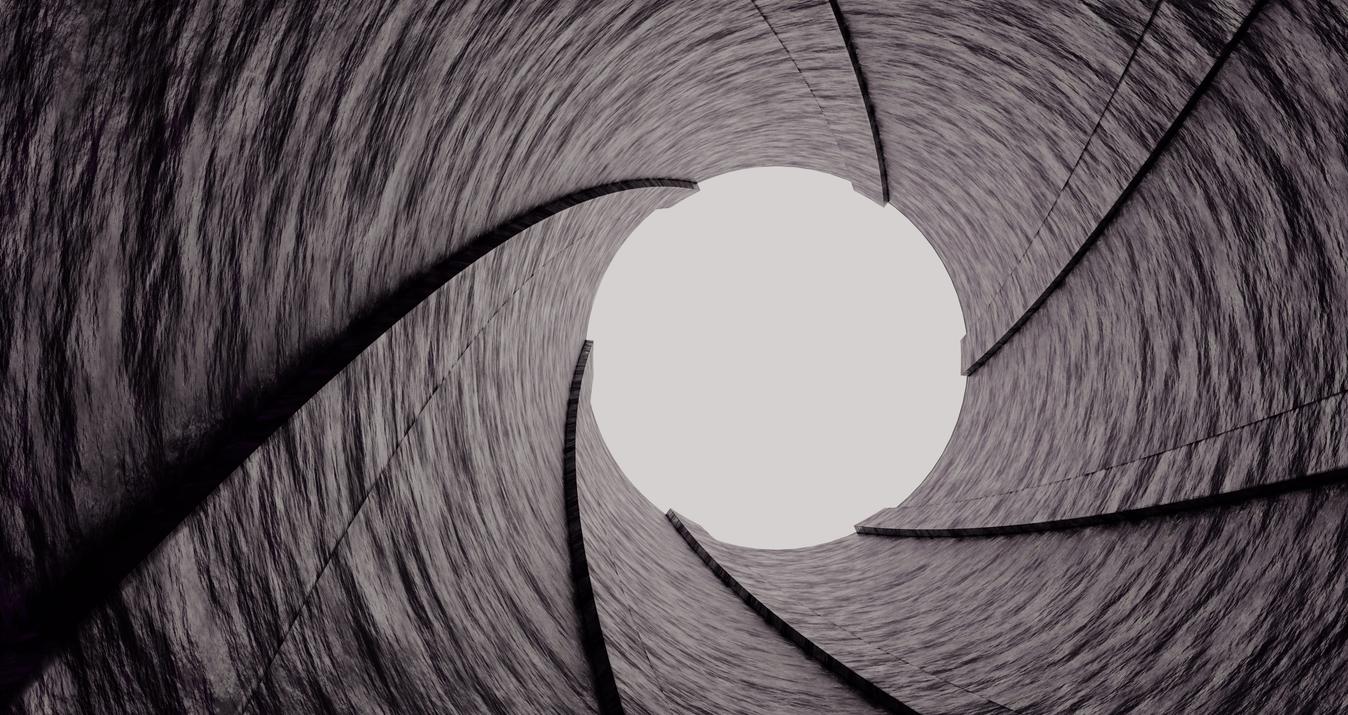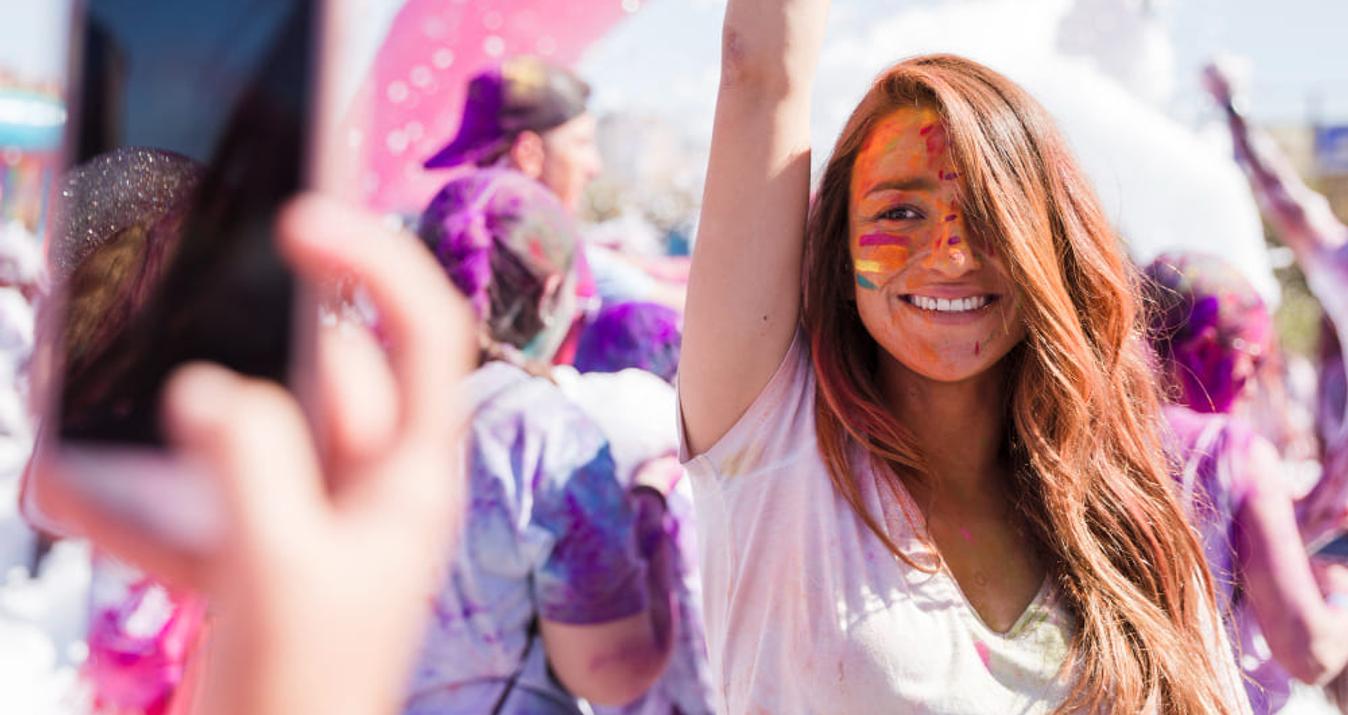Mastering the Art of Street Portrait Photography (+Pro Ideas)
April 12, 2024
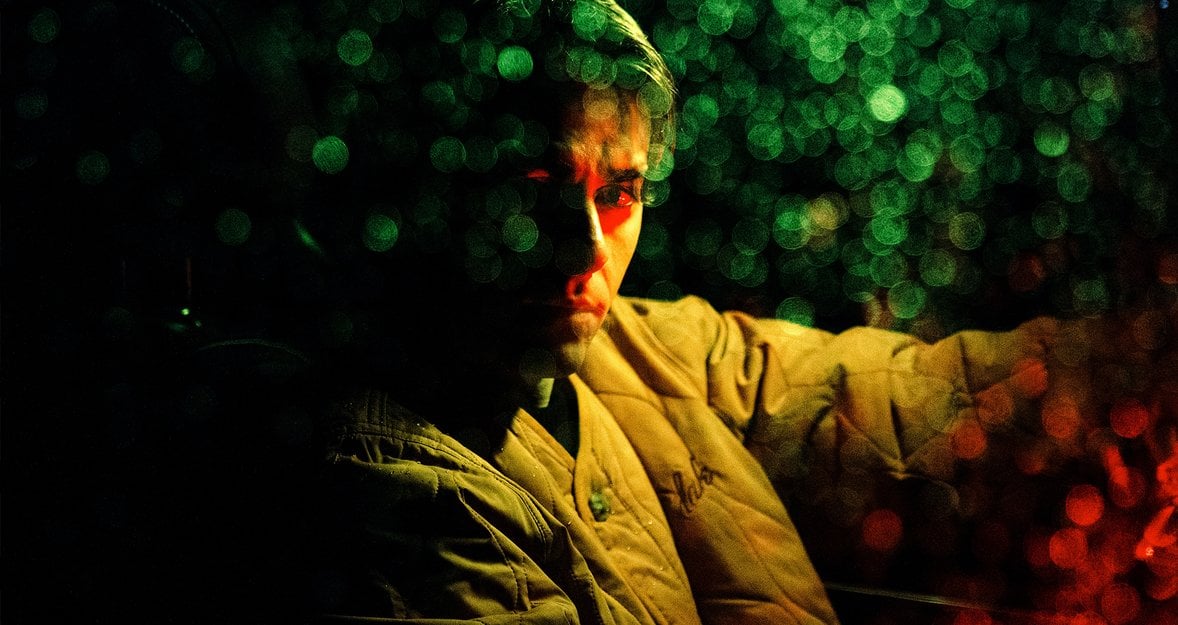
Explore street portrait photography through this guide, which covers the challenges and techniques involved. Learn how to take dynamic and compelling portraits in urban settings.
Street portrait photography is an exciting genre of photography to get involved with, offering an array of dynamic scenes and backdrops. Combine that with interesting model poses, outfit choices, and colour harmonies, portraits become rich with narrative and eye-catching compositions.
However, getting started with street portraits isn’t as simple as one would hope with more moving parts to consider as opposed to standard urban photography. This guide is designed to not only help get you started but also arm you with some useful techniques to ensure you can achieve amazing results quickly.
How to Get Started With Street Portrait Photography
You may think to get started with street portraits you will need a model or even a chosen location, but there is a more crucial step before either of those things: a concept. What is your focus? Fashion, storytelling, or capturing the model’s expression? Determining whether you’ll capture the model’s face or entire body, along with the types of poses, is crucial. That’s because you’re no longer just a photographer, you’re a director.
Begin by crafting a mood board of the concept you are aiming to achieve. This is essential to send to the model before the shoot so that you both arrive with a clear understanding of the goals for the shoot. An experienced model will seamlessly transition through a choreographed set of poses at the sound of each shutter click. In contrast, a novice will await your guidance and won’t change pose until you direct them to. To ensure a well-prepared start to your first street portrait session, have a thoroughly detailed concept with a set of poses.
Finding the Perfect Location for Street Portraits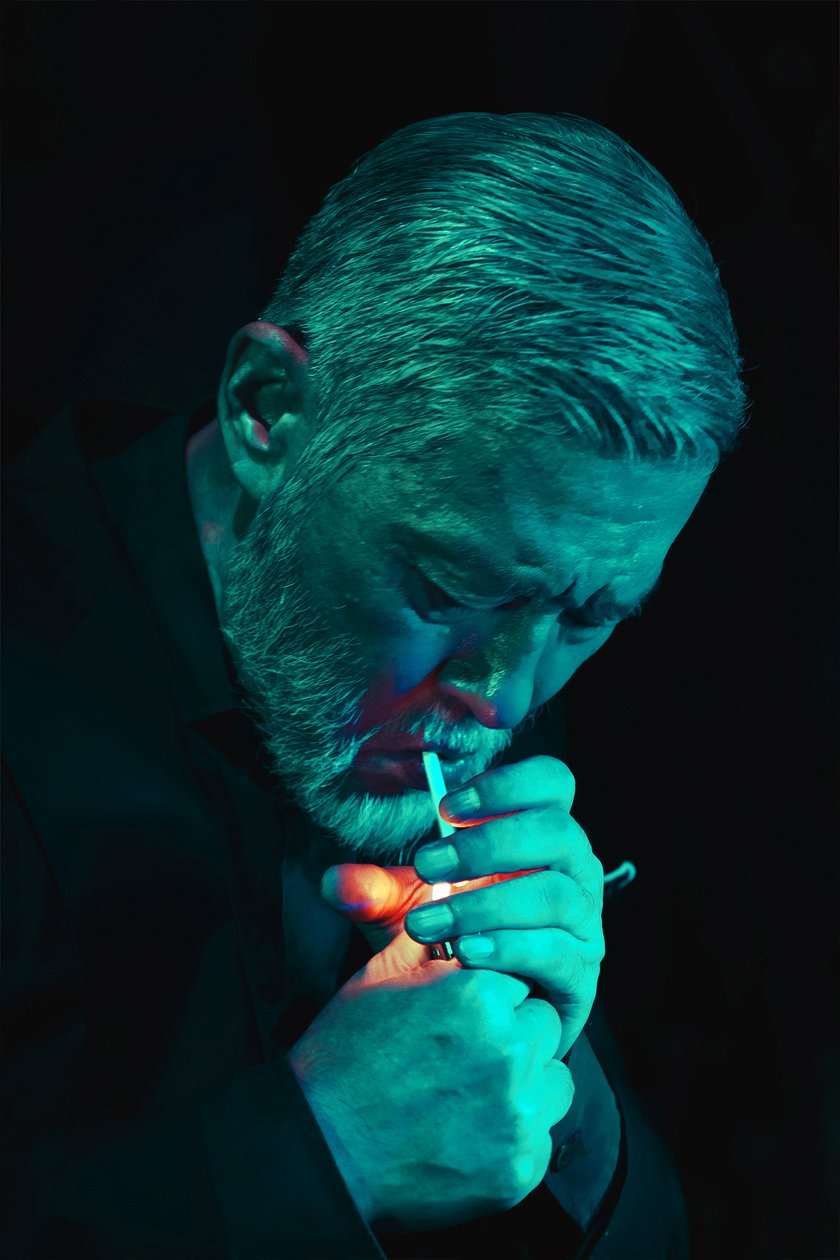
Finding the perfect backdrop for your portraits is an integral part of the process. Whilst doing street photography, I will always keep an eye out for locations for portrait shoots. When a particular spot catches my eye, I will take a reference shot to send to the model or client and reference the location on a map. I also have a catalogue of various street portrait mood board ideas, so that when I find a location I can match it to one of those concepts making the whole process significantly easier.
Here is a list of 10 great location ideas that you can keep an eye out for in your city:
Contemporary Architecture
Restaurants, bars, coffee shops, etc.
Colourful or textured walls
Corners of buildings
Dilapidated buildings
Rooftops
Alleyways
Markets
Staircases
Outdoor sports courts (football, tennis, baseball, etc.)
How to Work With a Model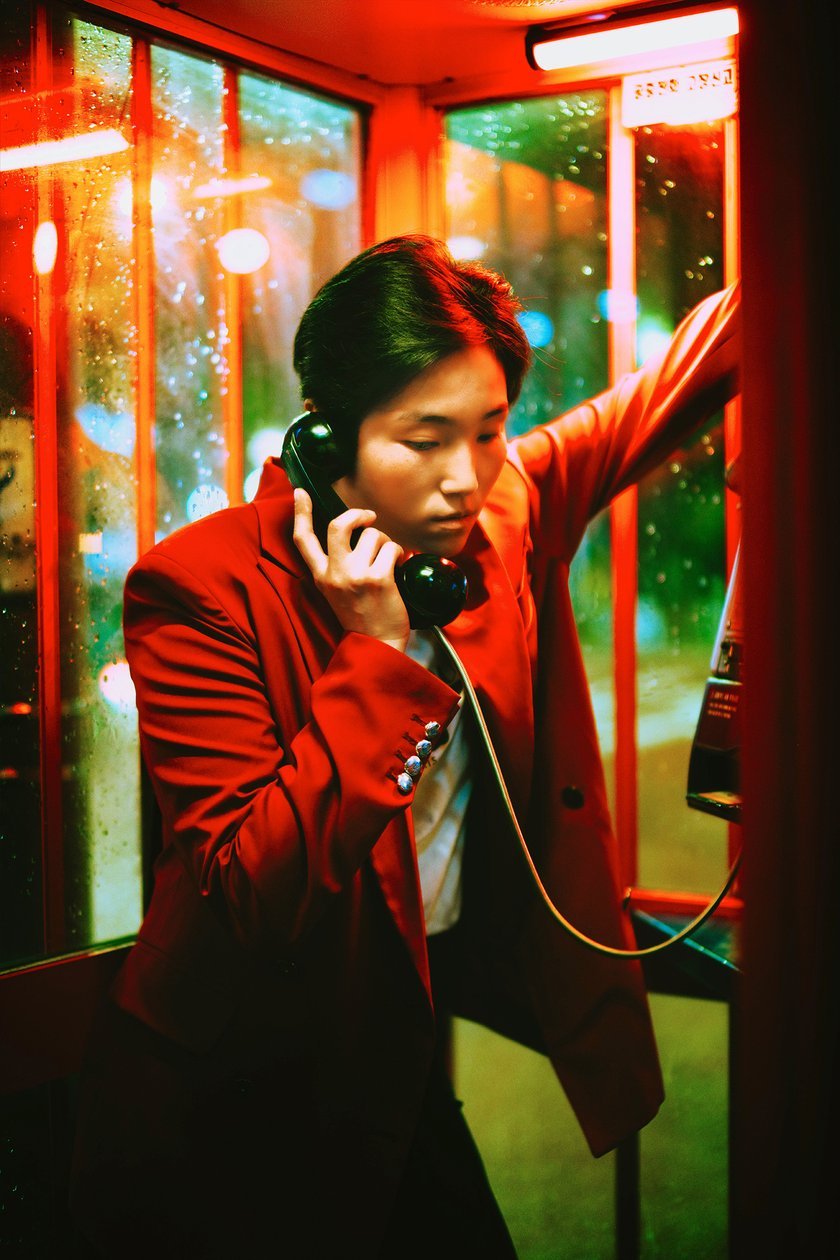
Working with a model for the first time can feel intimidating. Unlike the solitary nature of urban photography, where we cannot influence our surroundings and subjects, portraiture puts you squarely in control. This means the success of the shoot largely rests on your shoulders. However, don’t let that deter you. Like most skills, your comfort and competence will grow with experience.
Therefore, I suggest that your first shoot is with a friend, especially one who has expressed interest in modelling and will be comfortable being in front of a camera. That is exactly what I did for my first few shoots which helped significantly when it came to shooting with a new model.
Building a rapport with your model is essential. It is unwise to jump straight into shooting the moment the model arrives; allow them first to relax. On a recent shoot for a brand, where great results are expected, I met with the model–who had travelled far–at a coffee shop before beginning our shoot. This allowed them to rest and for us to chat, establishing a comfortable rapport that led to a successful shoot and a satisfied client. Simply put, a happy well-rested model will look much better than a tired and stressed one.
The Definitive Solution for Picture-Perfect Portraits
DISCOVER TODAY!During the shoot, regularly review your work to ensure you’re capturing what you had envisioned. Share these previews with your model so you can discuss progress. Remember that this is a collaborative effort. Your model may have insights and suggestions that can help you so work closely with them and do not be afraid to show your work. They will understand that the images are unedited and aren’t the finished product and that you are both working on the composition only at this point.
Working with models is a rewarding experience that can improve your skills across the board. You can build great friendships with models that will lead to multiple collaborations and increasingly better results.
How to Compose a Street Portrait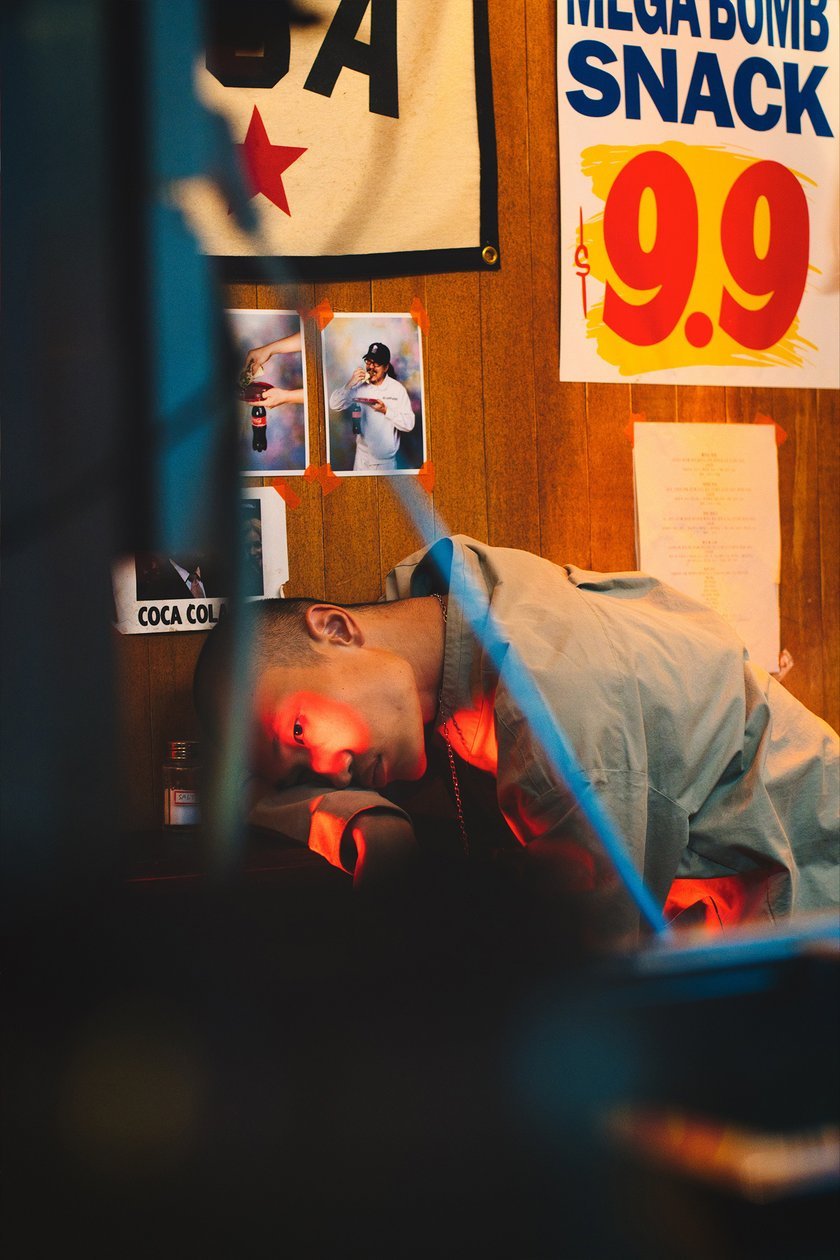
Composing for street photography requires preparation and adaptability. You might have numerous poses pre-planned, saved on your phone or memorised. Yet, the real test comes during the shoot. Use your references as guidelines, and try to emulate them closely. In doing so you will learn a lot about angles from the camera’s perspective and the angles a model should position themselves.
As this is an extensive topic, I’ll highlight fundamental composition elements to remember.
A Key Point to Consider
I want to share an insight I discovered that became pivotal in enhancing my portrait photography. When I first started doing street portraits my photos were not meeting my expectations, but I couldn’t figure out why. I had a fantastic location, neon lights, interesting buildings and other elements, even a very experienced model who I knew personally, but still, they did not look great.
I gradually came to realise it was because I had forgotten a fundamental rule when it comes to portraits, and that is the model should always be the main attraction. I was concentrating so much on the location and exterior elements of my environment that my model ended up being lost within the composition.
Thus, it’s imperative that your location complements and not competes for attention.
Colour Combinations
Colour is a critical aspect of composition. You can have a great pose, a fantastic location, and sound composition, but your model becomes lost within the frame due to either a clash of colours or a dominating colour in the background.
Basic colour theory knowledge will make a significant difference to your shots. Knowing which harmonies work between your model’s attire and the environment is crucial. It is also important to understand that dominant colours will attract the eye of the viewer before they reach the model, and therefore, become a distraction.
Background
The background provides the essential job of setting the theme for your image. A simple background is great for drawing the sole focus on your model. Conversely, a complex background will provide more context for the viewer, if you are trying to tell a story or showcase a fashion item in its intended setting then this is a great choice. Neither approach is better, but both must ensure that your model is not competing for attention.
A lot of the core principles in choosing a good backdrop for food photography apply to portrait photography which I covered in a recent article.
Lighting
Leverage natural light to your advantage. The interplay of harsh light and shadows can add a lot of interest and strong contrast to our image. On a cloudy day, soft, diffused light can minimise distractions, creating a clean, focused shot. Golden hour will provide flattering warm tones, offering an easy route to capturing beautiful images. Consider the time of day and the weather when it comes to envisioning your concept for optimal outcomes.
Posing
Posing ranges from posed to natural. A model can freeze mid-step to emulate actions like walking to avoid blur. This can look more candid and can be a great way to add action and movement to your image. Alternatively, traditional posing–whether standing, sitting, or lying down–provides endless possibilities to explore different angles and compositions. Keep the core focus of your shoot in mind. For example, if it is to highlight a particular piece of clothing, such as a jacket, each pose should be made with the jacket in mind.
Composition Techniques
Utilise elements within your environment to frame your subject. With door frames, building facades and light sources you can make great use of surroundings to direct the viewer’s attention to your model. You can also make use of leading lines such as low walls, roads, sidewalks, etc. to further guide the eye.
When using simple backdrops or contemporary architecture, we can fill the negative space with your model to create interesting compositions that do not detract attention from your subject.
How to Edit a Street Portrait
There are several things to consider when approaching your edit. With colour theory techniques in mind, you can elevate the appearance of your image to help your model and their outfit stand out. Masking is highly recommended, as any changes made for the benefit of the backdrop will impact your model which could negatively affect the tone of their skin and outfit, which need to remain true to life.
Luminar Neo also has some fantastic tools available to improve the appearance of skin allowing you to work quickly and get great results. The skin tools on offer will help with highlighting facial features such as eyes and lips, and will automatically detect and clear blemishes.
Advanced yet easy-to-use photo editor
Get Luminar Neo NowThe Bottom Line
Street portraits will vastly improve your skills as a photographer. It will provide a deeper understanding of composition, framing and awareness of colour. Each shot demands meticulous consideration of multiple elements to ensure a successful outcome.
Start building your experience by collaborating with friends. Work closely together to experiment with different concepts and poses. This process will be invaluable when you embark on your first shoot with a new model. Enjoy experimenting and developing narratives; the possibilities are endless when it comes to street portrait photography.









